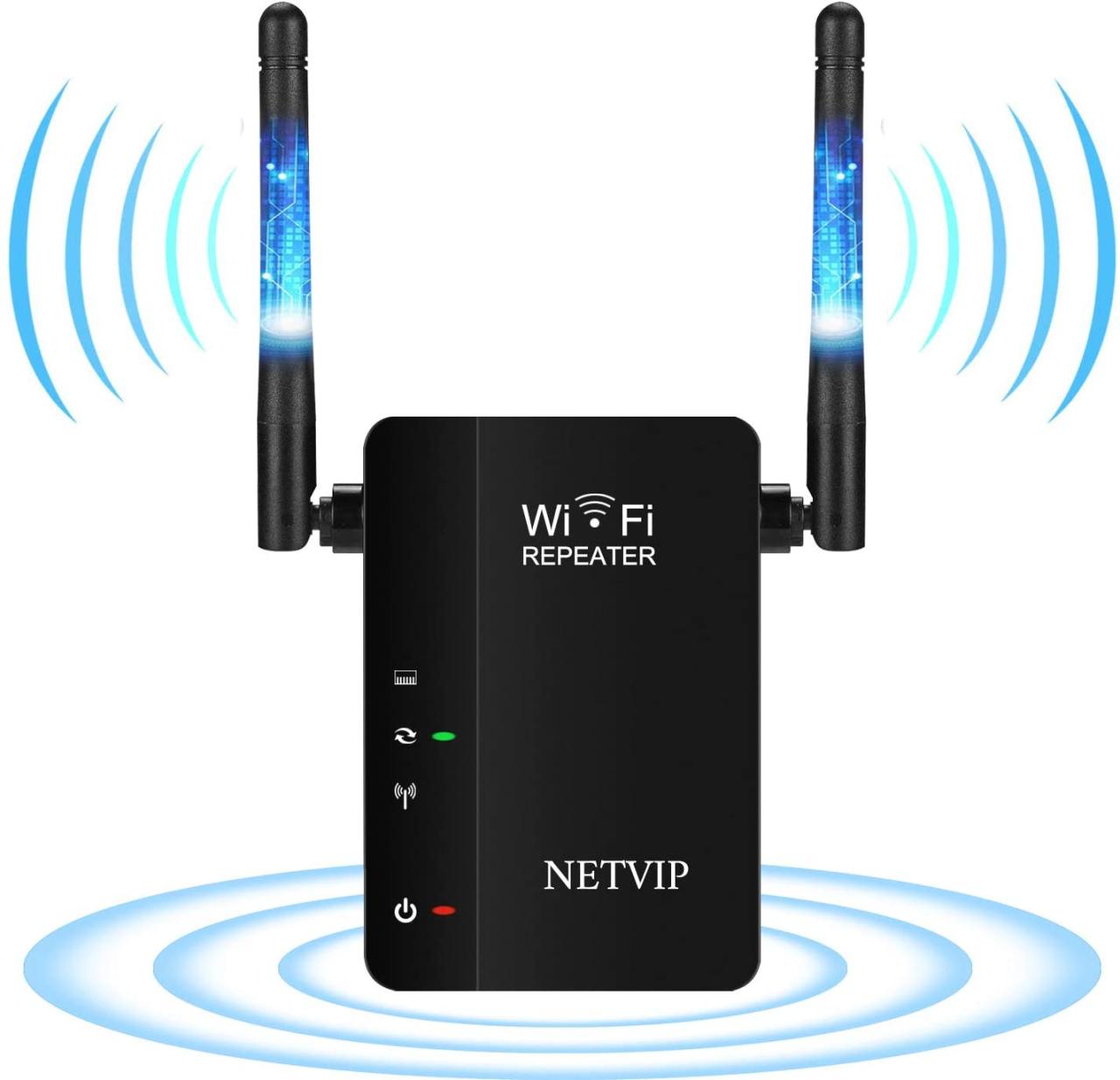Amplificateur Wifi, or Wi-Fi extender in English, is your secret weapon against frustratingly weak Wi-Fi signals. Whether you’re battling dead zones in your home, struggling with slow speeds, or dealing with too many devices competing for bandwidth, understanding how to choose and use a Wi-Fi amplifier can transform your internet experience. This guide will walk you through everything you need to know, from understanding the different types of amplifiers to optimizing their performance for maximum coverage.
We’ll explore the various technologies available, like range extenders, powerline adapters, and mesh systems, helping you decide which is best for your specific needs and budget. We’ll also cover setup, troubleshooting, and advanced features, empowering you to create a robust and reliable Wi-Fi network that works seamlessly throughout your home or office.
Understanding “Amplificateur Wifi”
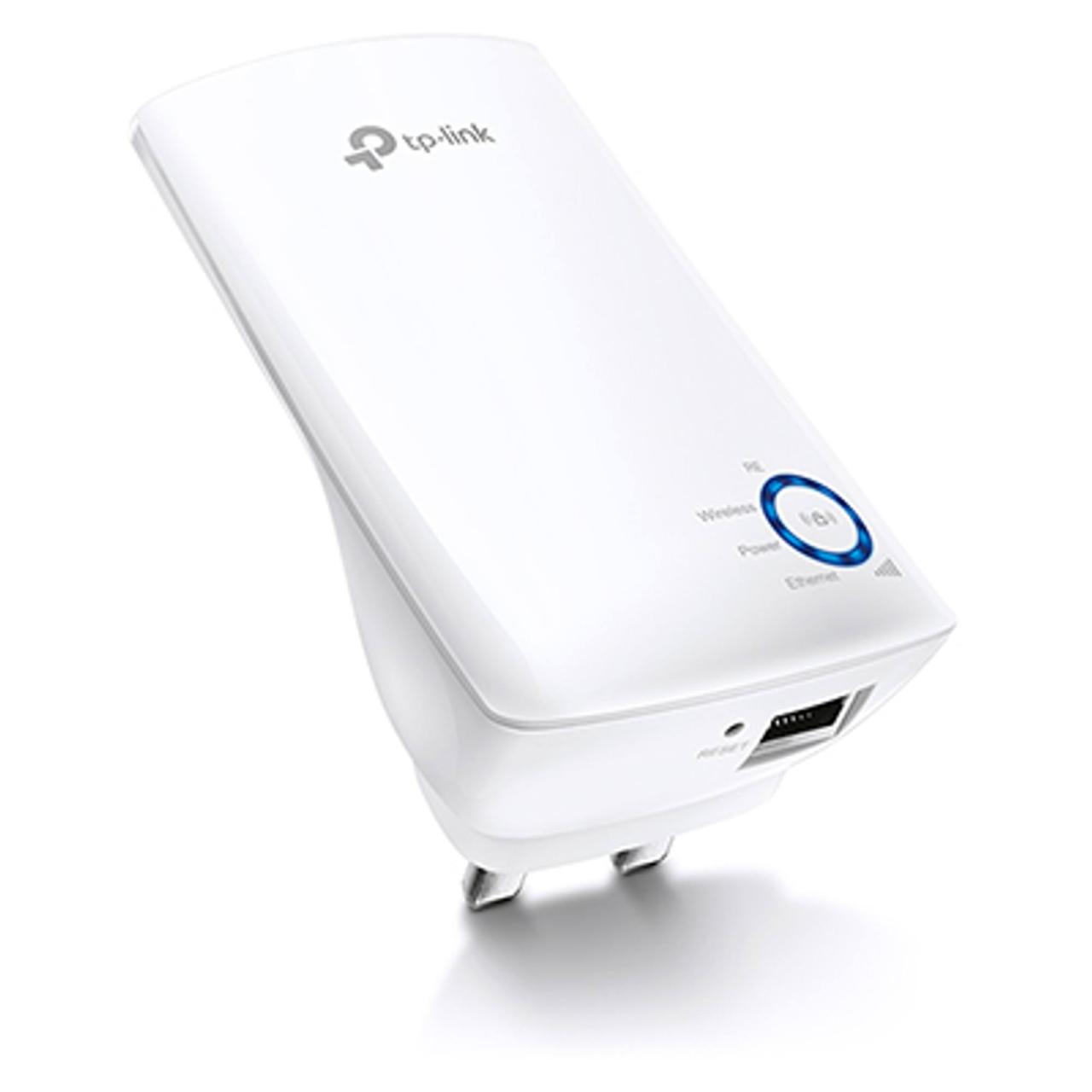
A WiFi amplifier, also known as a range extender or WiFi booster, is a device designed to improve the range and strength of your existing WiFi network. It receives the WiFi signal from your router and retransmits it, extending the network’s reach to areas where the original signal is weak or unavailable. This allows you to enjoy reliable internet access in more parts of your home or office.
WiFi Amplifier Types
Several types of WiFi amplifiers exist, each with its own strengths and weaknesses. The most common are range extenders, powerline adapters, and mesh WiFi systems.
So you’re looking at getting a wifi amplifier to boost your signal, right? That’s smart, especially if you’re into hobbies that need a strong connection, like flying drones. For example, if you’re planning a drone flight, maybe checking out the regulations for drone in Paris would be a good idea before you go. A strong wifi signal will help you manage your drone’s flight data effectively afterwards, so a good amplifier is a worthwhile investment.
- Range Extenders: These are the most common type, typically small and wireless. They connect to your existing router wirelessly and rebroadcast the signal. They are relatively inexpensive and easy to set up.
- Powerline Adapters: These use your home’s electrical wiring to extend your WiFi network. One adapter plugs into your router, and another plugs into an outlet in a remote location. This method can offer better performance than range extenders in some cases, particularly in homes with older wiring.
- Mesh WiFi Systems: These consist of multiple interconnected nodes that work together to create a single, seamless WiFi network. They are generally more expensive than range extenders or powerline adapters but offer superior performance and coverage, especially in larger homes.
WiFi Amplifier Performance Characteristics
The performance of a WiFi amplifier is influenced by several factors, including the technology used, the frequency bands supported, the data rates achieved, and the power output. Range extenders typically operate on the 2.4 GHz and/or 5 GHz bands, offering varying data rates depending on the model. Powerline adapters’ performance is heavily dependent on the quality of your home’s electrical wiring.
Mesh systems often utilize multiple bands and advanced technologies like beamforming to optimize performance and minimize interference.
So, you’re thinking about getting a wifi amplifier to boost your signal? That’s smart! A stronger connection is key, especially if you’re relying on online services like ChatGPT; check if it’s even working right now by heading over to chatgpt down? to see if there are any issues. Once you’ve confirmed ChatGPT’s status, you can focus on optimizing your home wifi with that new amplifier.
A strong signal means smoother streaming and better overall performance.
Technical specifications like frequency bands (2.4 GHz, 5 GHz, or both), data rates (measured in Mbps), and power output (measured in dBm) are crucial factors to consider when choosing an amplifier.
Technical Specifications in Amplifier Descriptions
Understanding the technical specifications helps you choose the right amplifier. Pay attention to details like:
- Frequency Bands: Dual-band (2.4 GHz and 5 GHz) amplifiers generally offer better performance and flexibility.
- Data Rates: Higher data rates (e.g., 1300 Mbps) indicate faster speeds, but actual speeds depend on your internet plan and other factors.
- Power Output: A higher power output (in dBm) generally translates to a stronger signal, but this can also increase interference.
- Ethernet Ports: Some amplifiers offer wired connections, which can improve stability and speed.
Choosing the Right WiFi Amplifier
Selecting the best WiFi amplifier depends on your specific needs. Consider factors such as home size, the number of devices connected to your network, and your internet speed.
Decision Tree for Amplifier Selection
A simple decision tree can guide your choice:
- Home Size: Small (under 1000 sq ft)? Consider a range extender. Medium (1000-2500 sq ft)? Consider a range extender or a mesh system. Large (over 2500 sq ft)?
Consider a mesh system.
- Number of Devices: Few devices? A range extender may suffice. Many devices? A mesh system will likely provide better performance.
- Internet Speed: Slow internet? Focus on reliable connectivity; a wired connection might be preferable. Fast internet? Prioritize speed and coverage.
Wired vs. Wireless Installation
| Method | Pros | Cons |
|---|---|---|
| Wired (Powerline) | Generally more stable and faster speeds. | Requires electrical outlets in desired locations. Performance depends on wiring quality. |
| Wireless (Range Extender, Mesh) | Easy to install and reposition. No need for electrical outlets. | Potentially slower speeds and reduced range compared to wired. More susceptible to interference. |
Optimal Amplifier Placement
Placing your amplifier strategically is crucial. Avoid placing it too far from the router or in areas with many obstacles (walls, furniture). Ideally, position it halfway between the router and the area with weak signal, minimizing signal loss and interference. Experiment with different locations to find the optimal position.
Troubleshooting WiFi Amplifier Connectivity Issues
Common problems and their solutions:
- Weak signal: Relocate the amplifier to a more central location, closer to the router, or away from interference sources.
- Intermittent connection: Check for interference from other devices (microwaves, cordless phones). Consider using a different WiFi channel.
- Slow speeds: Ensure the amplifier is properly connected and functioning optimally. Check your internet plan and router settings.
- No connection: Verify the amplifier is correctly configured and powered on. Restart both the router and amplifier.
Setting Up and Using a WiFi Amplifier
Setting up a WiFi amplifier is generally straightforward. Most devices come with clear instructions.
Step-by-Step Setup
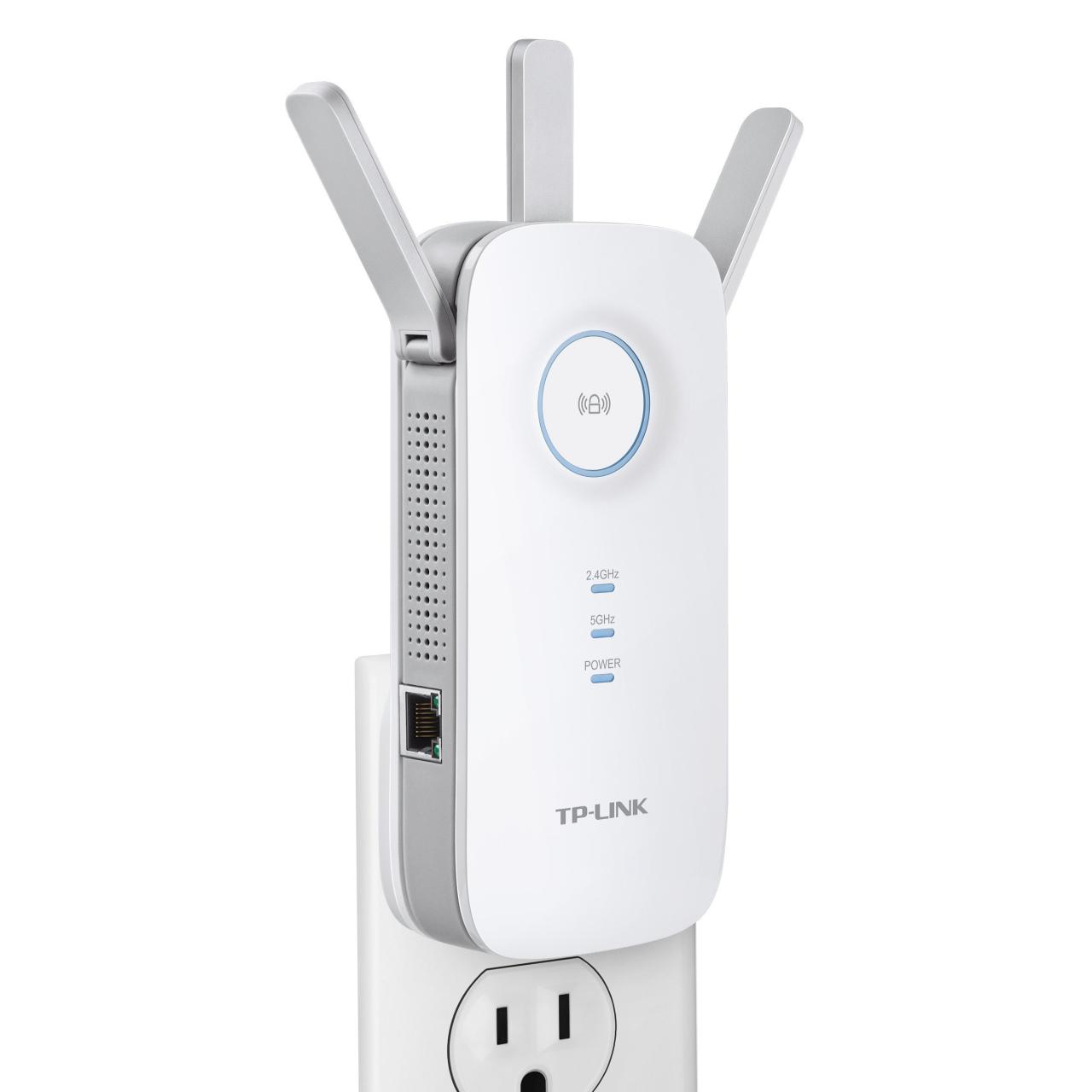
- Connect the amplifier to a power source.
- Connect to the amplifier’s initial WiFi network (usually named something like “Extender Setup”).
- Use a web browser or mobile app to configure the amplifier, selecting your main router’s WiFi network and entering its password.
- Once connected, the amplifier will extend your WiFi network.
- Optionally, change the amplifier’s WiFi name and password for better security.
Configuring Security Settings
Always set a strong password and enable WPA2/WPA3 encryption for your amplifier’s WiFi network to protect your data from unauthorized access.
Optimizing Amplifier Performance
To maximize signal strength and coverage, choose a central location, minimize interference, and consider using a wired connection if possible.
Potential Setup Problems and Solutions
- Device not found: Ensure the amplifier is within range of the router and powered on. Restart both devices.
- Incorrect password: Double-check the router’s password for accuracy.
- Slow connection: Try changing the WiFi channel on your router or amplifier to reduce interference.
Advanced Features and Considerations
Some WiFi amplifiers offer advanced features to enhance performance.
Beamforming and MU-MIMO
Beamforming focuses the WiFi signal towards connected devices, improving signal strength and reducing interference. MU-MIMO (Multi-User Multiple Input Multiple Output) allows the amplifier to communicate with multiple devices simultaneously, improving overall network efficiency. However, these features require compatible devices.
Interference Sources and Mitigation
Various sources can interfere with WiFi signals, including microwaves, cordless phones, and other electronic devices. To mitigate interference, try changing the WiFi channel, relocating the amplifier, or using a wired connection where possible.
Monitoring Amplifier Performance, Amplificateur wifi
Many amplifiers offer a management interface (accessible through a web browser) allowing you to monitor signal strength, connected devices, and other performance metrics. This allows for proactive troubleshooting and optimization.
Visual Representation of WiFi Signal Strength
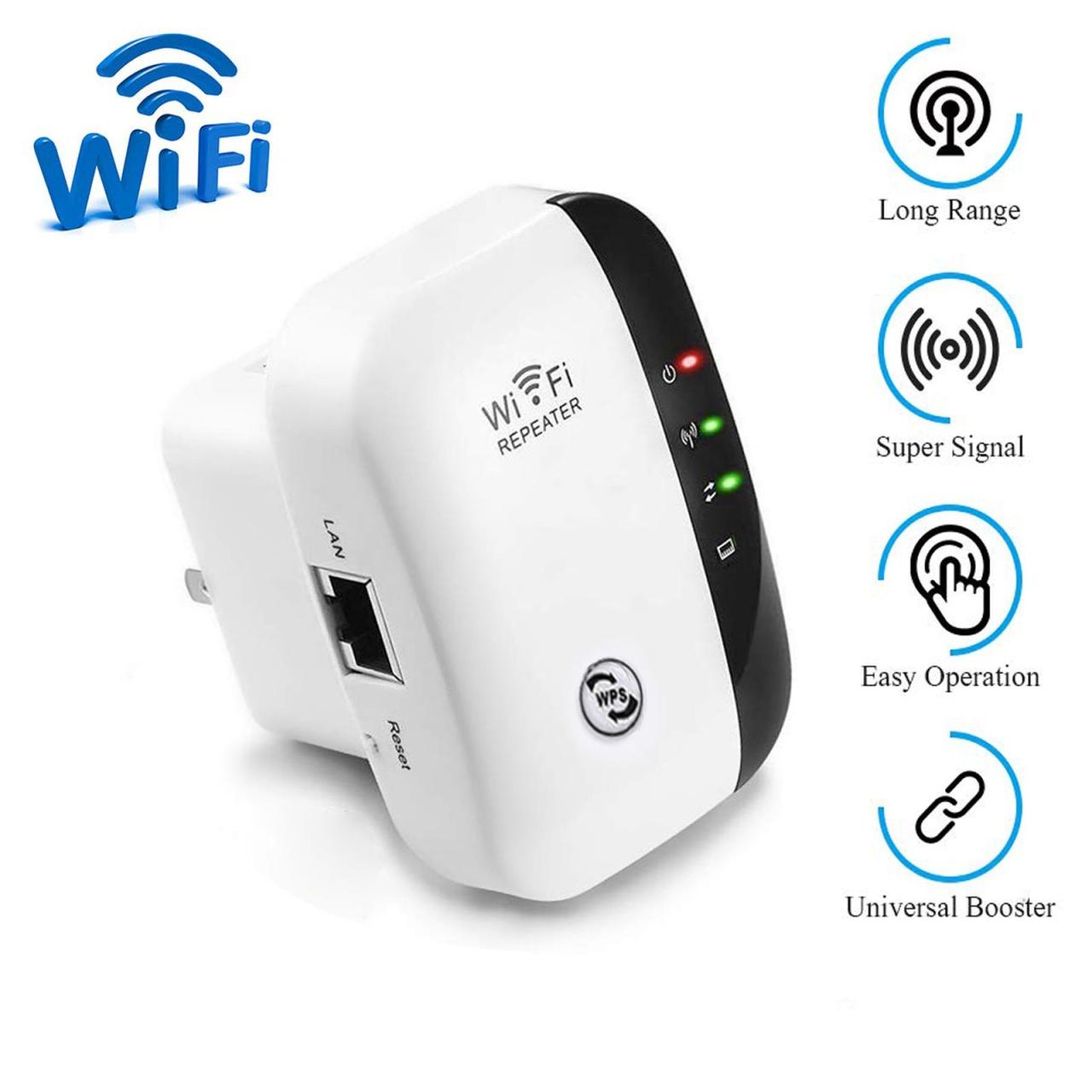
Improved Signal Strength and Coverage
Imagine a home represented by a rectangle. The router is in one corner, emitting a WiFi signal depicted by concentric circles of varying colors. The inner circle is bright green (strong signal), transitioning to yellow (moderate signal), and finally orange/red (weak signal) in the outer circles. A WiFi amplifier, placed strategically near the middle of the rectangle, creates its own set of concentric circles, overlapping and extending the green and yellow areas significantly, thus increasing the overall area of strong and moderate signal strength within the home.
Signal Coverage Comparison
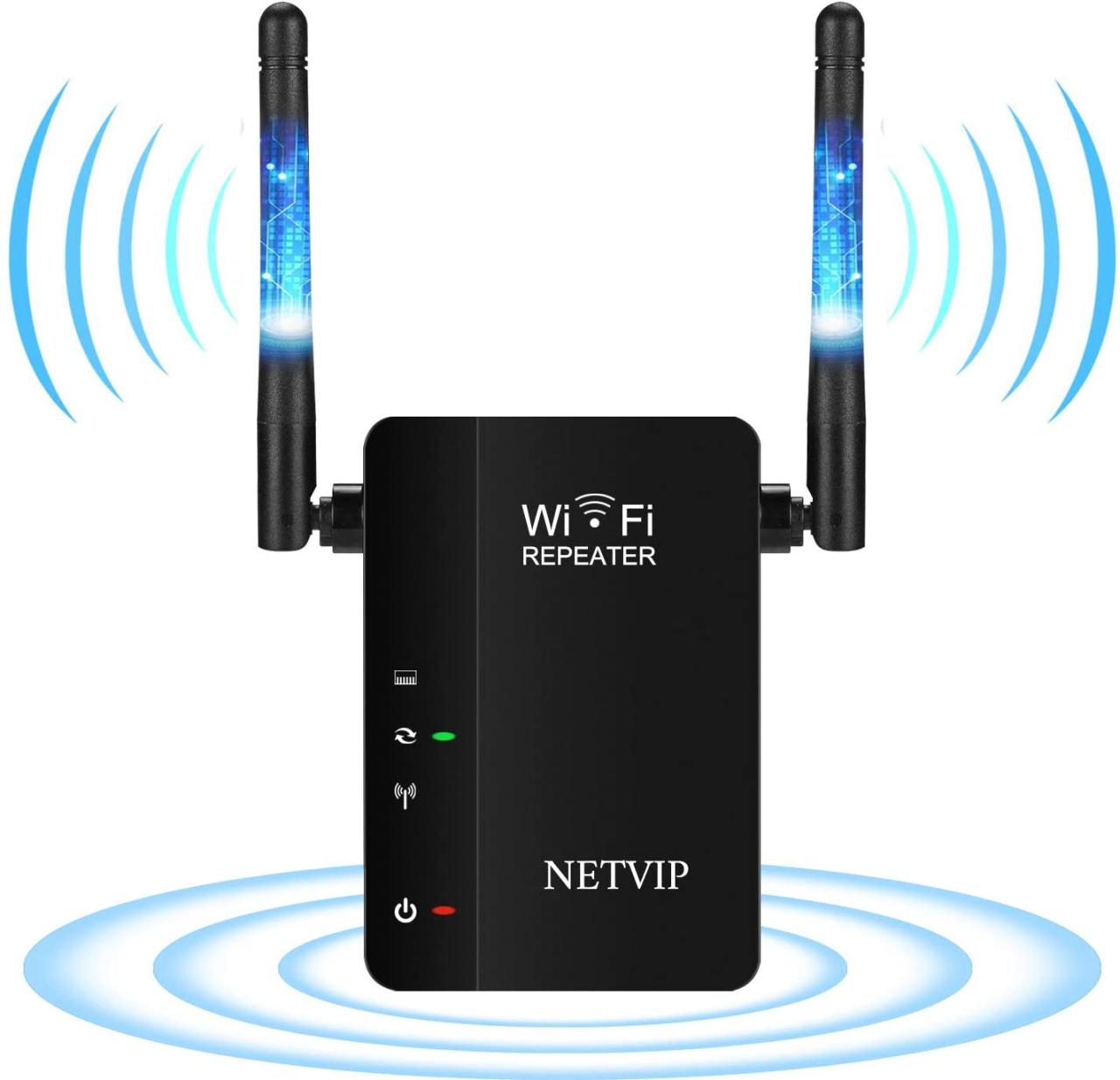
Consider two diagrams, both showing the same home layout. The first shows only the router’s signal, with a large area of weak or no signal. The second diagram includes the amplifier’s signal, showing a significant expansion of the strong and moderate signal coverage areas, leaving only a small portion with weak signal strength.
Conclusion
Choosing the right amplificateur wifi and optimizing its placement can dramatically improve your home’s Wi-Fi coverage and speed. By understanding the different types of amplifiers, their technical specifications, and best practices for setup and troubleshooting, you can banish those frustrating dead zones and enjoy a consistently strong and reliable internet connection. Remember to consider factors like your home’s size, the number of devices you use, and the placement of your router when making your decision.
With a little planning and the right amplifier, you’ll be surfing the web without interruption in no time!
Need a stronger Wi-Fi signal for your tech? A good wifi amplifier is key, especially if you’re using devices that demand a lot of bandwidth. For example, if you’re flying a drone, a solid connection is crucial, so check out the latest models from dji drone canada to see what they require. Then, make sure your wifi amplifier can handle the data demands of your chosen drone and its high-resolution camera.
A strong signal prevents dropped connections and ensures smooth operation.
Q&A: Amplificateur Wifi
What is the difference between a range extender and a mesh system?
Range extenders repeat your existing Wi-Fi signal, while mesh systems create a unified network using multiple nodes for seamless coverage. Mesh systems generally offer better performance and stability.
How far can a Wi-Fi amplifier extend my network?
The range depends on the amplifier’s specifications and environmental factors. Expect a noticeable improvement, but not necessarily a doubling of your original range. Obstacles like walls and furniture will significantly impact range.
Can I use a Wi-Fi amplifier with any router?
Generally, yes, but it’s best to check compatibility with your router’s specifications. Most amplifiers work with standard 2.4GHz and 5GHz networks.
My Wi-Fi amplifier keeps disconnecting. What should I do?
Try moving the amplifier closer to your router, ensuring it’s not obstructed by walls or other electronics. Restart both the router and the amplifier. Check for interference from other devices operating on the same frequency.
